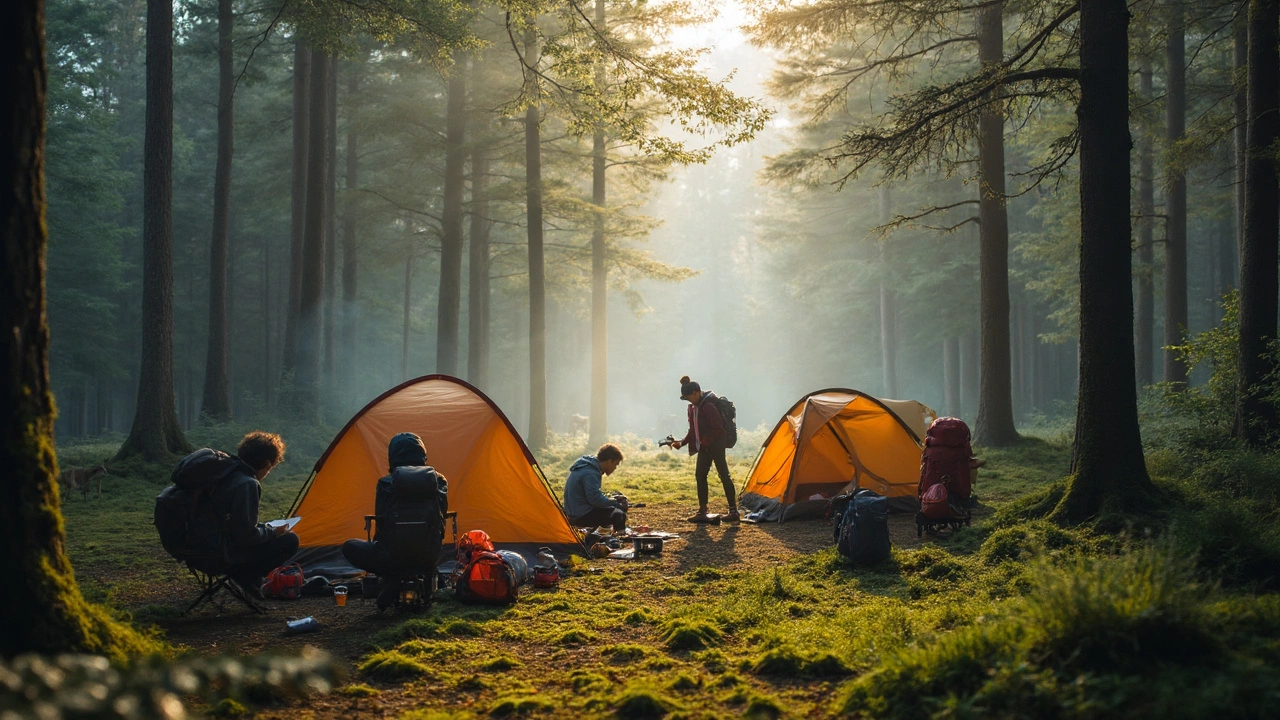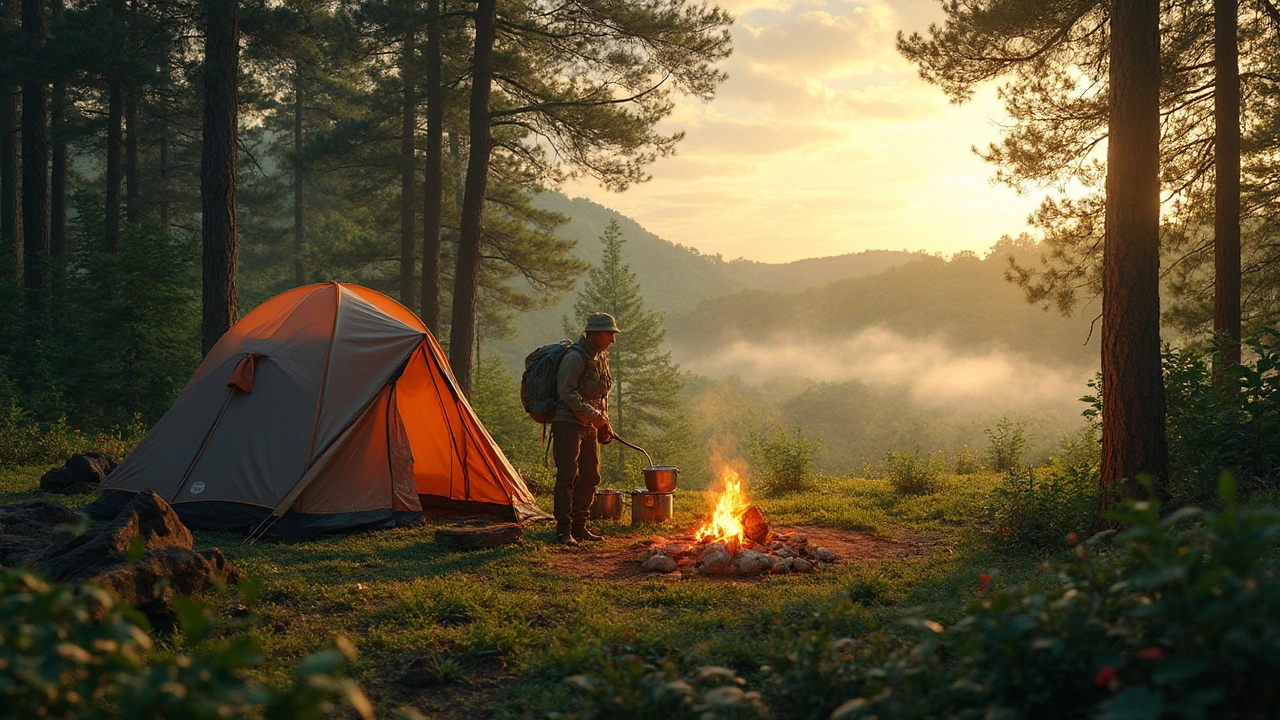Forest Rules: The Basics Every Camper Needs
If you love pitching a tent, parking a motorhome, or just wandering through a wood, you’ve probably wondered what you can and can’t do. The answer lives in the forest rules that govern most public land in the UK. Getting the gist of those rules saves you a ticket, a rude warning, or a ruined trip. Below you’ll find the key points you need to follow, plus a few handy habits that keep you on the right side of the law.
Legal Basics of Forest Camping
First off, most forests are owned by a mix of councils, charities, and private landowners. That means the default rule is: you need permission to camp. In England and Wales wild camping is technically illegal unless the landowner says otherwise. Scotland is different – the Scottish Outdoor Access Code lets you camp responsibly on most uncultivated land, as long as you stay 30 metres away from homes and don’t damage the area.
National parks and large estates often have their own byelaws. These can let you stay for a night in a designated spot, ban fires, or require you to use a toilet facility. If you’re unsure, look for signs at the car park or on the forest’s website. Ignoring a sign can land you a fine of up to £500.
Public parks in towns usually prohibit overnight stays. The rule isn’t about nature, it’s about safety and noise. If you’re keen on a city‑side night, search for a “city campsite” or a nearby caravan site instead.
Practical Tips to Stay Within the Rules
1. Check the map. Before you head out, open the forest’s official map. It marks legal campsites, toilets, and water points. Apps like “Forestry England” or “ScotGov Access” make it easy to see restrictions at a glance.
2. Leave no trace. Pack out all rubbish, bury biodegradable waste at least 15 cm deep, and don’t pick plants. A tidy site shows respect and reduces the chance of a landowner calling in enforcement.
3. Use designated fire pits. Many forests ban open fires, especially in dry seasons. Bring a portable stove instead – it cooks your meals and avoids fines.
4. Mind the wildlife. Keep food sealed, store it in a locker or a locked box, and avoid feeding birds. This protects both you and the animals.
5. Stay under the radar when needed. If you’re in England and want a one‑night stay where no campsite exists, pick a spot far from homes, stay less than 24 hours, and leave no evidence. This isn’t a free‑pass, but it reduces the chance of being asked to move.
Remember, the best way to enjoy a forest is to treat it the way you’d want your own backyard treated. Follow the signs, respect the owners, and keep the area clean. Doing so means you can return again and again without hassle.
Got a specific forest in mind? Look up its byelaws on the local council site or give them a quick call. A few minutes of research now saves you a ticket later and lets you focus on what matters – the crackle of the campfire (or stove), the scent of pine, and the freedom of the open road.
Can You Camp on National Forest Land in VA? What You Need to Know
Curious if you can camp in Virginia’s National Forests? This article breaks down where and how you can pitch your tent, what the rules and fees are, and some handy tips most people overlook. Learn about hidden spots, popular areas, and honest advice about safety and gear. Perfect for first-timers or veteran campers looking for new angles on the National Forest experience.
Can You Camp Anywhere in a National Forest in Wisconsin?
Wondering if you can set up camp anywhere in a national forest in Wisconsin? This article breaks down the real rules, shares tips from local campers, and gives you handy advice for picking a spot. We’ll cover what ‘dispersed camping’ actually means and what to watch out for when exploring. Want fewer crowds and more adventure? We’ll show you how to plan it right and avoid trouble. Read on for the best (and legal) ways to camp wild in Wisconsin’s forests.

